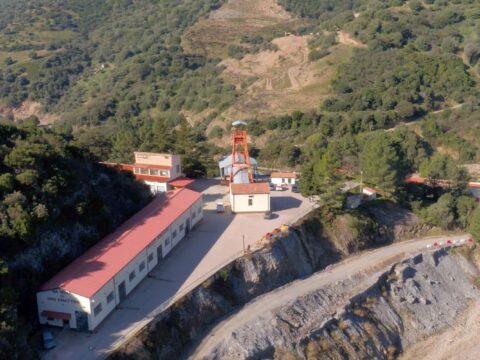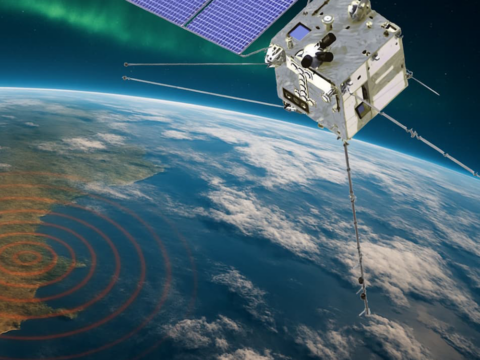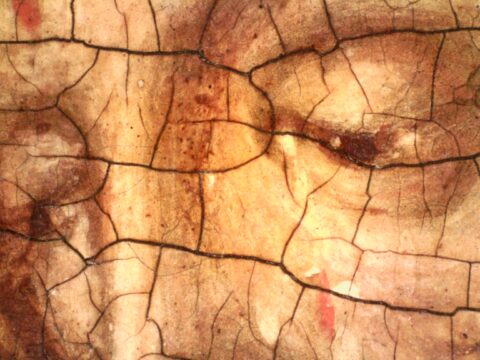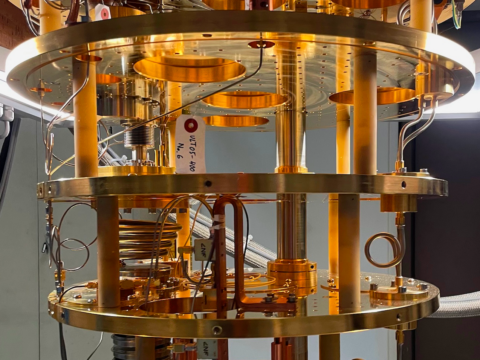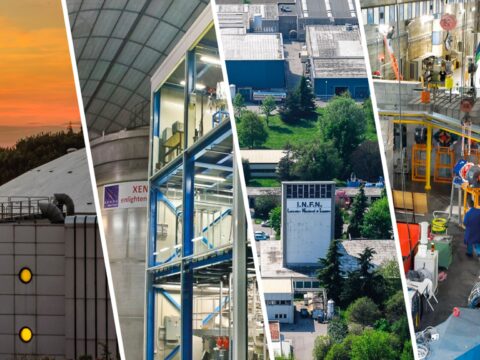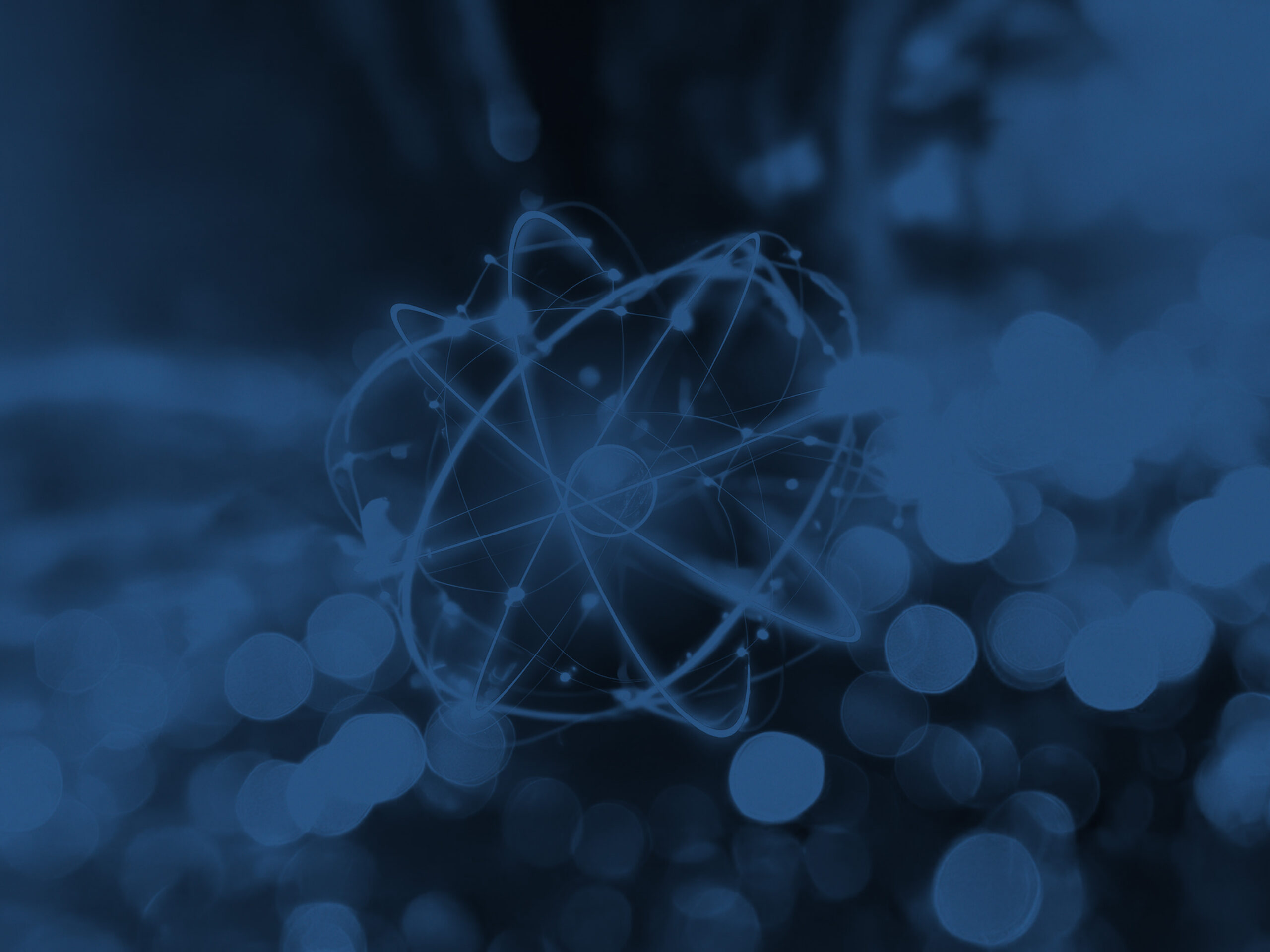
NUCLEAR PHYSICS
Studying the physics of the nucleus has always been one of the backbones of the Italian physics research tradition. It was a path started by Enrico Fermi and his Via Panisperna Boys in the period between the First and Second World Wars and successfully continued to this day, including via the foundation of INFN in 1951. In Fermi’s era, theoretical and experimental research was focused on studying the fundamental properties of nuclei and various radioactive elements that were gradually discovered (as well as the pioneering research into nuclear fission). Today, however, nuclear physics research is moving in many different directions, from the infinitely small to the infinitely large. Specifically, current research includes studying the distribution of quarks inside protons and neutrons, studying the nucleus as a complex system, and research into the difference between matter and antimatter. There is also the nuclear physics behind the mechanisms that regulate the life of stars, up to the operating principles of neutron stars, and studying the universe shortly after the Big Bang. One of the most important and fascinating frontiers consists of research into the production of energy via nuclear fusion, considered by many to be a potential source of clean energy in the long term. The technological challenges to overcome before being able to build nuclear fusion reactors are still enormous. However, they constitute another, very strong thrust towards innovation for the scientific community for the future.
